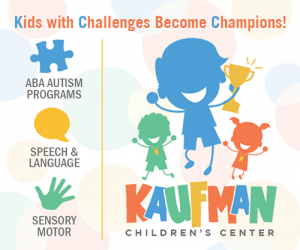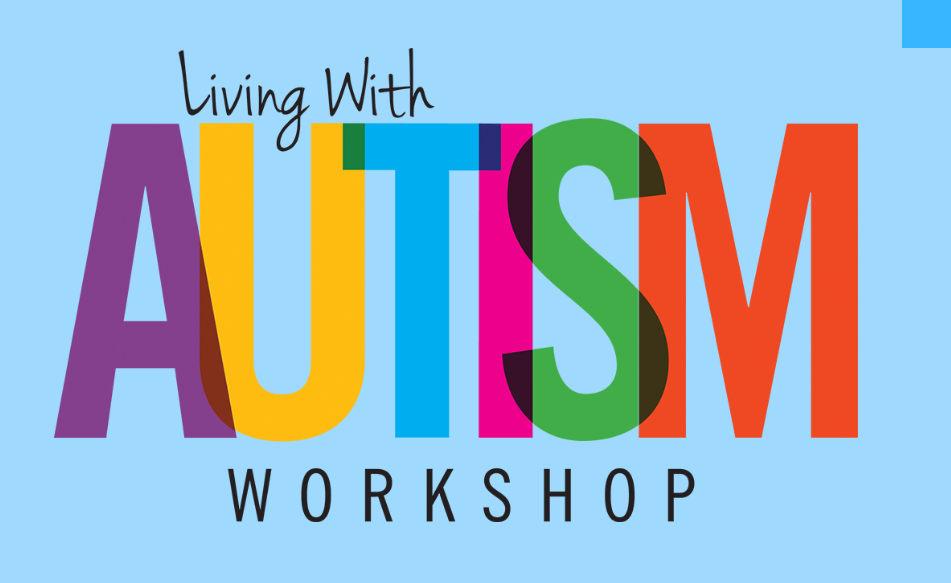While the thought of an autism diagnosis is certainly scary, parents observing possible symptoms should act immediately to confirm or rule it out. With early and intensive treatment, many children experience significant gains in their ability to communicate, play, and learn.
1. CONSULT YOUR DOCTOR
When autism is suspected, parents should first share concerns directly with their child’s pediatrician. Go to the appointment prepared with specific reasons you feel an autism evaluation may be necessary. Be prepared for a “wait and see” recommendation, remembering a pediatrician may not see the behaviors of concern in a short office visit.
2. CONTACT AUTISM ALLIANCE
Autism Alliance of Michigan is a wonderful resource for any family who has concerns about autism. Once you get a referral from your doctor for an autism evaluation, we suggest contacting AAOM right away. They offer a team of professionals known as Navigators to help parents seek an autism diagnosis and identify relevant service providers. They can also locate recreational and community-based activities and other support services.
3. GET AN AUTISM EVALUATION
Contact your insurance provider to determine your autism coverage, what they require regarding an autism diagnosis, and where an evaluation should take place. Facilities that evaluate autism are often very busy, so it is important to put your child on a wait list as soon as possible. AAOM may be able to help you find an appropriate center.
An autism evaluation should include an extensive parent interview using the Autism Diagnostic Interview-Revised (ADIR) and a structured play session with your child using the Autism Diagnostic Observation Schedule (ADOS). These measures are very sensitive and able to differentiate autism from global developmental delay or speech and language delay alone.
4. SCHEDULE ONGOING THERAPY
Applied behavior analysis (ABA), speech and language therapy, and occupational/sensory therapy are all typical services for those with autism spectrum disorders. AAOM can help identify relevant providers to address your child’s specific needs.
Kaufman Children’s Center offers ABA, speech, and OT at our clinic in West Bloomfield, which is convenient for parents. Having multiple services under one roof also allows for a true team approach, ensuring support of each child’s goals to the maximum extent across all settings.
Children in our ABA programs attend for half days (3 hours) or full days (7 hours) depending on individual assessment and identified needs. The age range is 18 months to 6 years. We are unable to add new children to our waitlist beyond age 5 years, 6 months. Learn more about our program here.
LAST THOUGHTS
Autism is a spectrum disorder, which means that there is a range in how much it affects a child’s behavior and abilities. Don’t assume a worst-case scenario. Many children with autism are able to attend school and participate in activities with their peers. And many people on the spectrum or who are suspected to be, like Mozart or Temple Grandin, have grown up to be incredibly successful.
The key is getting diagnosed and getting treatment as early as possible in a child’s life. Remember: you are your child’s best advocate, but there is also a wide community to help you get where you’re going. Good luck!










